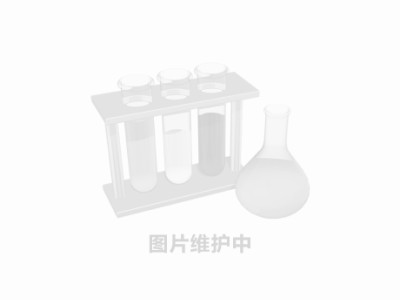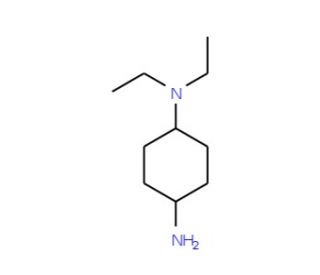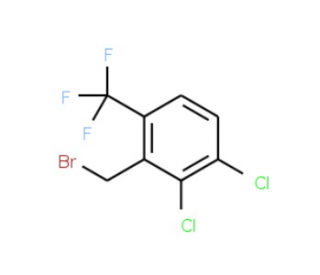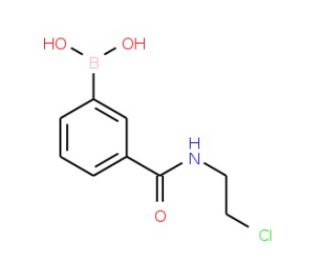详细说明
Purity
>85%, by SDS-PAGE under reducing conditions and visualized by silver stain
Endotoxin Level
<0.10 EU per 1 μg of the protein by the LAL method.
Activity
Measured by its ability to bind human C1q in a functional ELISA.
Source
E. coli-derived His75-Gln282, with an N-term 2-Met tag and a C-terminal 6-His tag
Accession #
N-terminal Sequence
AnalysisMet
Predicted Molecular Mass
24.7 kDa
SDS-PAGE
34 kDa, reducing conditions
5155-HB |
| |
Formulation Lyophilized from a 0.2 μm filtered solution in MOPS and NaCl. | ||
Reconstitution Reconstitute at 100 μg/mL in sterile PBS. | ||
Shipping The product is shipped at ambient temperature. Upon receipt, store it immediately at the temperature recommended below. | ||
Stability & Storage: Use a manual defrost freezer and avoid repeated freeze-thaw cycles.
|
Background: HABP1/C1QBP
Hyaluronan binding protein 1 (HABP1), also known as C1qBP/C1qR and p32, is an ubiquitous acidic glycoprotein that functions both in spermatogenesis and as a receptor for proinflammatory molecules (1, 2). HABP1 is synthesized with a 73 amino acid (aa) N-terminal propeptide (3). The 32 kDa mature human HABP1, which contains a MAM33-like sequence, shares 90% aa sequence identity with mouse and rat HABP1. HABP1 assembles into a doughnut shaped trimer with the negatively charged residues asymmetrically distributed on one face and lining the channel of the complex (4). HABP1 can be cleaved by cell surface MMP-14/MT1-MMP, a protease important in angiogenesis and tumor metastasis (5). Cell surface HABP1 binds a wide range of extracellular molecules including hyaluronan, vitronectin, complement component C1q, HMW kininogen, and bacterial and viral proteins (2, 3, 6 - 8). Within the cell, HABP1 binds to molecules containing the C1q globular domain, multiple isoforms of PKC, mitochondrial Hrk, the cytoplasmic tails of adrenergic and GABA-A receptors, the mRNA splicing factor ASF/SF2, and the CBF transcription factor (9 - 14). Apoptosis and direct phosphorylation by Erk1/2 induces HABP1 translocation to the nucleus (15).
References:
Thakur, S.C. et al. (2006) J. Androl. 27:604.
Peerschke, E.I.B. and B. Ghebrehiwet (2007) Immunobiology 212:333.
Grebrehiwet, B. et al. (1994) J. Exp. Med. 179:1809.
Jiang, J. et al. (1999) Proc. Natl. Acad. Sci. 96:3572.
Rozanov, D.V. et al. (2002) J. Biol. Chem. 277:9318.
Deb, T.B. and K. Datta (1996) J. Biol. Chem. 271:2206.
Lim, B.L. et al. (1996) J. Biol. Chem. 271:26739.
Waggoner, S.N. et al. (2007) J. Leukoc. Biol. 82 epub.
Innamorati, G. et al. (2006) Cell. Signal. 18:761.
Robles-Flores, M. et al. (2002) J. Biol. Chem. 277:5247.
Sunayama, J. et al. (1994) Cell Death Differ. 11:771.
Schaerer, M.T. et al. (2001) J. Biol. Chem. 276:26597.
Peterson-Mahrt, S.K. et al. (1999) EMBO J. 18:1014.
Chattopadhyay, C. et al. (2004) Nucleic Acids Res. 32:3632.
Majumdar, M. et al. (2002) Biochem. Biophys. Res. Commun. 291:829.
Long Name:
Hyaluronic Acid-binding Protein
Entrez Gene IDs:
708 (Human); 12261 (Mouse)
Alternate Names:
C1q globular domain-binding protein; C1QBP; complement component 1 Q subcomponent-binding protein, mitochondrial; complement component 1, q subcomponent binding protein; gC1qBP; GC1q-R protein; gC1qR; gC1Q-R; Glycoprotein gC1qBP; HABP1; HABP1p33; Hyaluronan-binding protein 1; Mitochondrial matrix protein p32; p32; SF2p32; splicing factor SF2-associated protein










 粤公网安备44196802000105号
粤公网安备44196802000105号